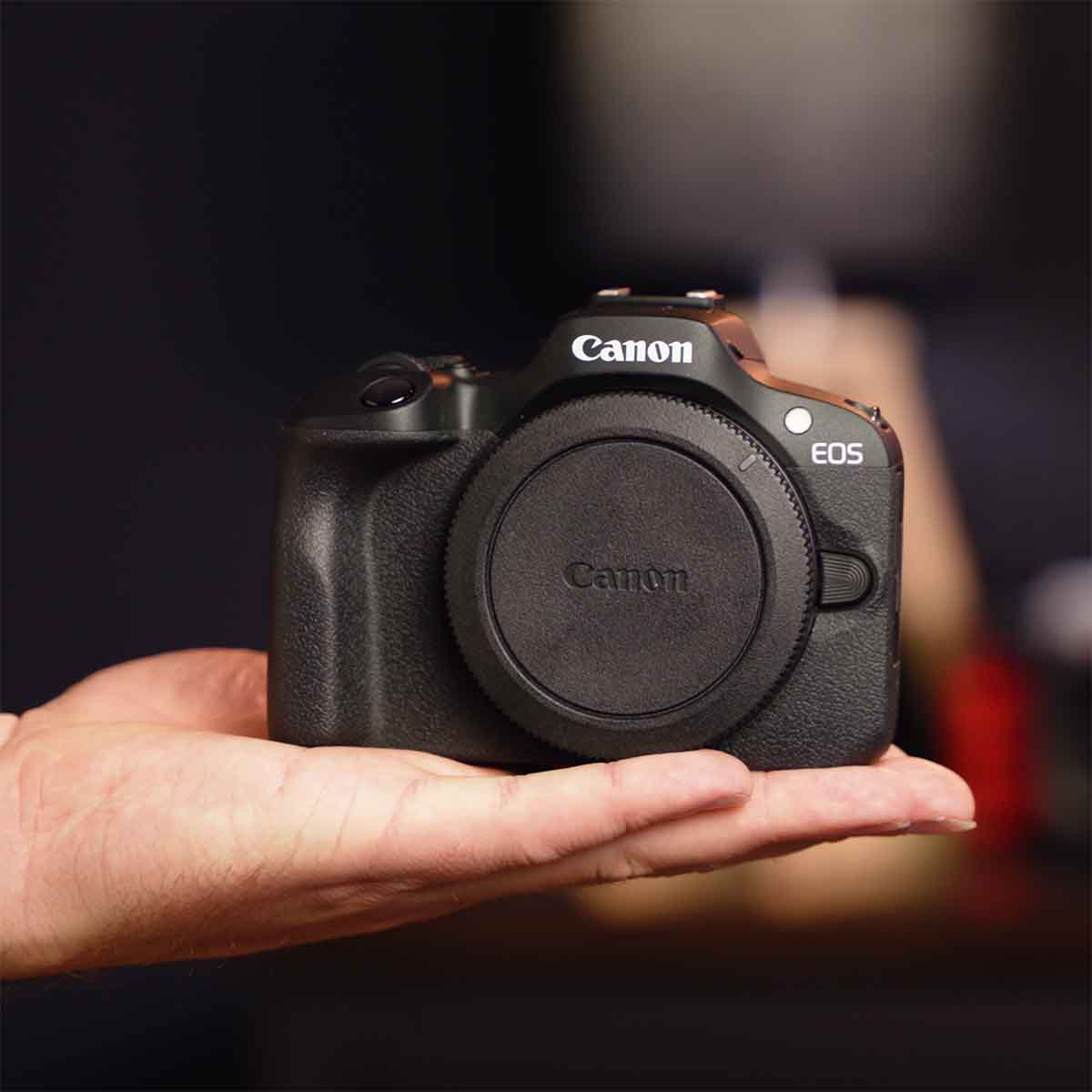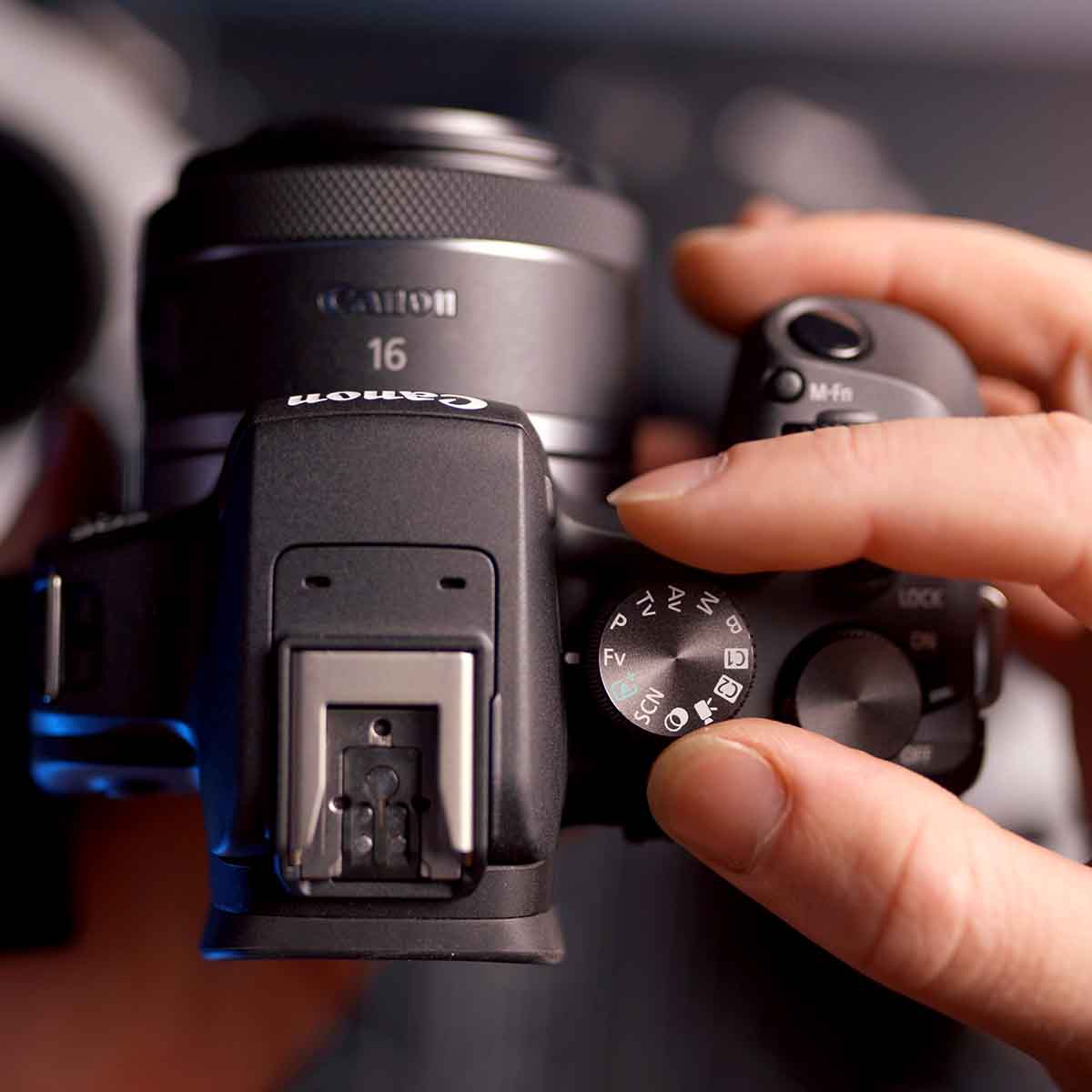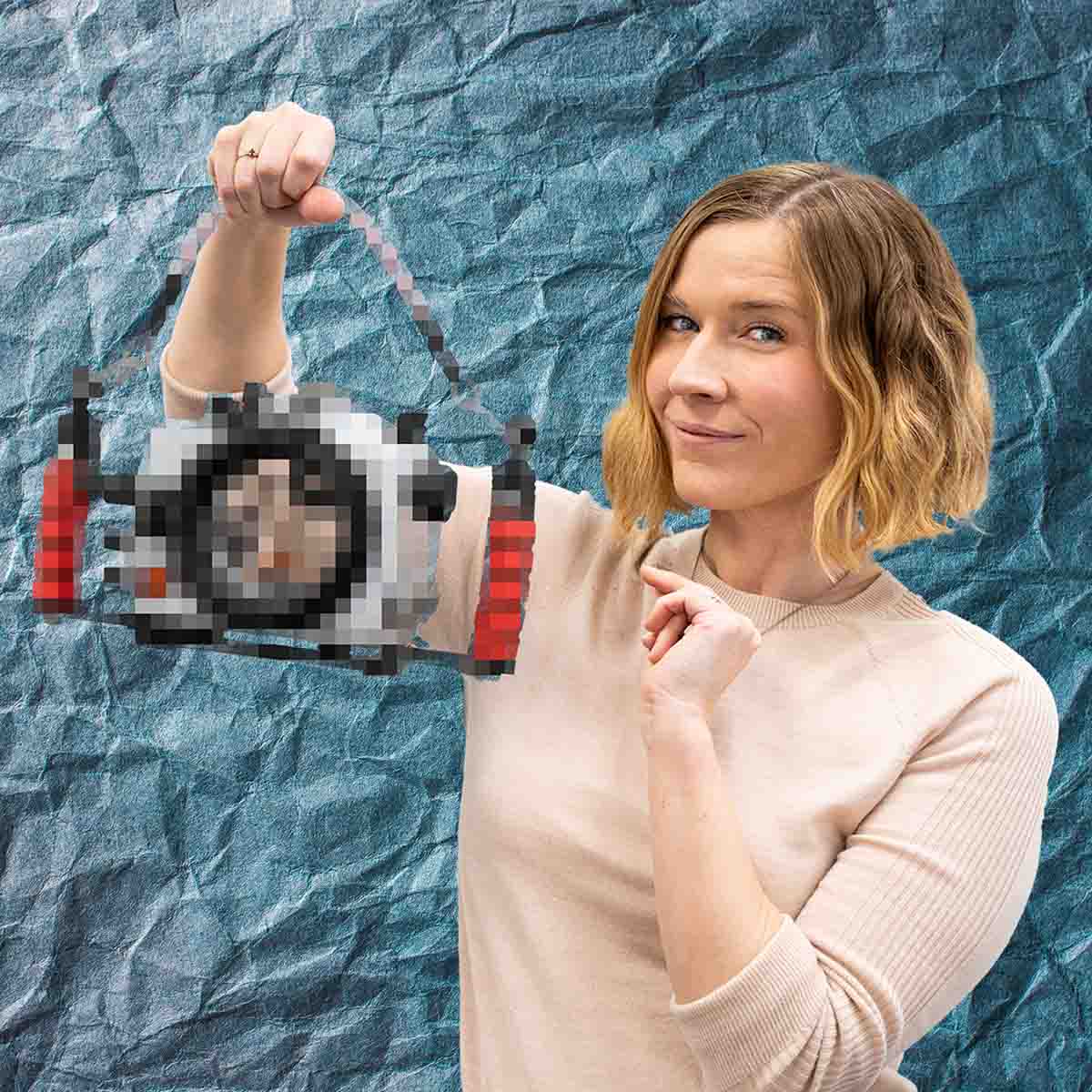Featuring John Brigham
A Vacuum Pump with Gauge is the easiest and most reliable way to check your underwater housing for leaks prior to entering the water. Using a vacuum system will provide confidence in the system and reduce the risk of damage due to accidental errors in assembly.
The Vacuum Pump with Gauge is the most dependable system for diving in remote locations as it does not rely on battery powered electronics for feedback. Compared to systems with LED indicators, a Vacuum Pump with Gauge has the added advantage of real-time information on not just if your housing is leaking - but also by how much.
Follow along with John in the video below or scroll down to read the full video transcript.
Get the Gear
The Ikelite Vacuum Valve comes pre-installed on all DL housings and Deluxe versions of our DLM housings. It can also be fitted to any Ikelite DLM or FL housing, and several popular Compact Digital housings including housings for Sony RX100 VI, VII and Canon PowerShot G7X III cameras. Our Vacuum Valve is also available with M14 or M16 threaded adapters for use with non-Ikelite housings.
- Vacuum Pump with Gauge # 47011
- Vacuum Kit for 1/2 Inch Accessory Port and DSLR Top Mount # 47012
- Vacuum Valve with M16 Thread # 47008
-
Vacuum Valve with M14 Thread # 47007
Attaching the Pump to the Vacuum Valve
First thing you're going to want to do is push the push button on the valve and that's going to release the plug. It's tethered so that you don't lose it. And you're going to replace that plug with the barbed insert of your vacuum pump. You'll notice that when you push in, you will hear it click and the button will push out, indicating that it has engaged.
Creating a Vacuum
Next we're going to use the hand pump to create the vacuum itself. When creating a vacuum, the number that you choose on the gauge isn't as critical as the fact that the gauge is not changing. If the needle is dropping, that means that we are leaking somewhere and that means that you're going to have a leak in the water. So I generally like to go to about 10 on the gauge and initially I keep an eye to make sure that we aren't dropping immediately.
I won't do the long test like this but I do like to do a visual inspection as soon as I create a vacuum. I notice that I don't have it dropping as we've created the vacuum so it's initially good to go.

When creating a vacuum, the number that you choose on the gauge isn't as critical as the fact that the gauge is not changing.
Vacuum Test Duration
I don't want to test the vacuum pump and tube because that's not what I'm going to be diving with. So what I'll end up doing is I'll make note, I went to 10, I'll remove the barbed hose, and I will replace it with the plug.
Ideally you will leave this over night but I'm going to let this sit for 10 to 20 minutes. I will often put everything together, let it sit overnight and then the next morning before I leave I'll plug the pump back in and check to make sure that the gauge is at 10. Again, ideally you will let this sit overnight under that pressure, but at least 10 to 15 minutes will do so you can check your system hasn't dropped in that time frame.
One question I get a lot is “do I dive with my system under a vacuum?” The answer is absolutely yes. You want to dive with your system under a vacuum. It's fully pressure proof and that lets you reinforce all of the closing mechanisms of the housing so if you find yourself in shallow water and rough surf you'll have that reinforcement to know that everything is secure.

Your vacuum valve cap can be removed by pressing the button on the valve, as pictured here. This valve cap is tethered so you always remember to have this valve cap plugged when your vacuum pump is not in active use.
Vacuum Check
After I've let it sit - ideally overnight but at least for 10-20 minutes - I'll take the barb with the pump, place it in, and you'll notice that as soon as you do that it should jump right back to where you were. In this case I jumped right back to 10 which is where we started, indicating that this held a vacuum for that time period.
If you notice that this did not go back to where you came from that could be an indication that you have a leak or a compromised system and it gives you the opportunity to really investigate and diagnose where that leak is occurring so that you don't experience that in the water.
I'll take the pump and hose off of the vacuum valve on my housing and replace the plug. Again I always make sure I re-plug the valve because you don't want to dive or get in the water without this plug being inserted into the valve. So I make it a habit if I'm putting something in I'm always taking something out or vice versa.
Now I'm ready to get in the water with my system.

If, for some reason, you need to release the vacuum on your housing but you don't have your pump handy you can use an object like a pen to insert into the vacuum valve to release the vacuum by pushing the white depression button (pictured).
Opening the Housing
Now in the event that you have to open your system at the end of the day you have two options. You can reinsert the barb and the pump into the valve and use the release button on your pump and that will release the vacuum in the housing.
If you don't have access to this, let's say you're on a boat, you left this behind and for some reason you left a lens cap on and you desperately need to get in here, you can take a blunt object like a pen and press the white depression button here that will release the vacuum and let you have access to your camera inside. Note that you do not necessarily need a vacuum to go into the housing because the housing is waterproof unto itself so it will allow you to do that in that scenario.
If you have any questions whatsoever about this installation or application please feel free to shoot us an email to ikelite@ikelite.com.
Additional Viewing
Installing a Vacuum Test Valve in an Ikelite DLM Underwater Housing [VIDEO]
Checking for Housing Leaks Using a Vacuum Pump and Valve
Installing and Using a Vacuum Leak Detection System [VIDEO]
What's in My Gear Bag // Steve Miller 2023 [VIDEO]
Assemble Your Housing Like a Pro [VIDEO]
 John Brigham is the Vice President & head of product development at Ikelite. He was born with a flair for design and an entrepreneurial spirit as son of Ikelite founder Ike Brigham. He worked his way up in the business and is a natural fit in the R&D side of things. John dives the equipment as much as possible to test product and put himself in the "fins" of the user. You may also find him on the other end of an email or phone call when you reach out for product advice and support. When he's not underwater he's flying drones, setting off rockets, training his German Shepherd "T2", and spending time with his family.
John Brigham is the Vice President & head of product development at Ikelite. He was born with a flair for design and an entrepreneurial spirit as son of Ikelite founder Ike Brigham. He worked his way up in the business and is a natural fit in the R&D side of things. John dives the equipment as much as possible to test product and put himself in the "fins" of the user. You may also find him on the other end of an email or phone call when you reach out for product advice and support. When he's not underwater he's flying drones, setting off rockets, training his German Shepherd "T2", and spending time with his family.











![Canon RF 16-28mm Zoom Gear Installation // 200DL Underwater Housing [VIDEO]](http://www.ikelite.com/cdn/shop/articles/Canon_RF_16-28mm_Zoom_Gear_Assembly_copy_1.jpg?v=1760716954&width=2000)
